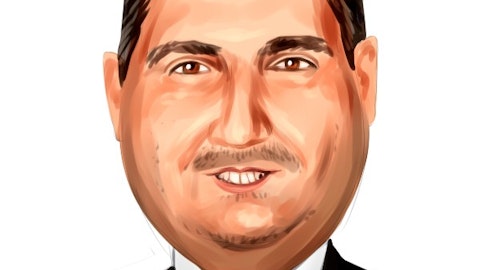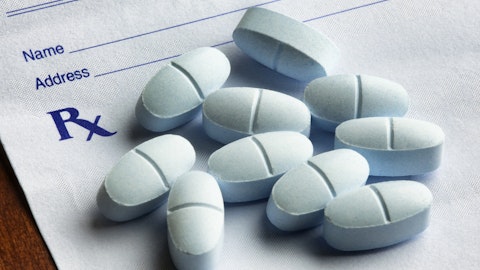Today, long term investors are challenged in navigating the course and lining up that long drive for a investment that will provide them a better than par return.
The financial markets today are filled with sand traps and water hazards; lower for longer crude oil prices, negative interest rate policies (NIRP), slow economic growth, the threat of global recession, and singular events like Brexit.
Where should investors be looking for reliable income and potential capital gains that are minimally impacted by today’s investing hazards.
The answer? Health Care Stocks. Click here to download a data-filled spreadsheet of all 13 health care sector stocks with 25+ years of dividend payments ranked in order using The 8 Rules of Dividend Investing.
Health Care Stocks
The health care sector has traditionally been a “go to” sector when the economy turns sour. The sector is much less impacted by crude oil price volatility and one off events like Brexit.
Health care also has a couple of strong macro trends providing significant tail winds for the foreseeable future.
The baby boom generation has reached retirement age and this rising tide of aging humanity will be flowing through the global economy for the next 35 years. It is well documented that as people age, they use more health care services, equipment, and pharmaceuticals. This mega trend rising tide will lift the health care sector for many years to come. For readers looking for more detail on this rising tide of aging boomers, I previously published an article entitled Riding the Age Demographics Wave to Higher Returns.
The second macro trend that will push health care stocks higher is the Affordable Care Act (ACA). Regardless of your political stance on the ACA, it is here for now and has added some 10M – 13M new people to the ranks of those with medical insurance. These newly insured will be using more medical services, equipment, pharmaceuticals in the future.
Since I lean heavily towards dividend income investing (DGI), I tend to follow, study, and choose dividend paying stocks, with solid balance sheets, with a history of growing revenue, earnings, and dividends.
AbbVie Inc (NYSE:ABBV) is one of those stocks that fits my investment criteria. This article presents the investment thesis for ABBV.
The AbbVie Investment Thesis
ABBV was spun off from Abbott Laboratories (ABT) on January 1, 2013 and officially listed on the NYSE on January 2, 2013.
ABBV has roughly 28,000 employees in 170 countries around the globe and has a current market capitalization of $97B. The company maintains its headquarters in Chicago, IL.
ABBV is a research-based biopharmaceutical company engaged in the discovery, development, manufacture and sale of a broad line of proprietary pharmaceutical products. The company focuses on treatments for conditions such as chronic autoimmune diseases in rheumatology, gastroenterology and dermatology; oncology, including blood cancers; virology, including hepatitis C and human immunodeficiency virus; neurological disorders, such as Parkinson’s disease; metabolic diseases, including thyroid disease and complications associated with cystic fibrosis; as well as other serious health conditions.
Like any R&D based pharmaceutical company, ABBV develops and maintains patents on the pharmaceuticals it develops. Those patents don’t protect the company’s intellectual property forever so ABBV is continually working to maintain its pipeline of new and/or more effective treatments.
One of ABBV’s top earning drugs, Humira, will have its US patent expire in December 2016 and in April 2018 in the EU. Humira is a biologic injectable treatment for rheumatoid arthritis, is approved for treatments in over 60 countries, and represents roughly 60% of ABBV’s current revenue uptake.
A number of companies are working on bio-similar forms of Humira in anticipation of the US patent expiration. Obviously, a patent expiration of a drug with such a significant impact on ABBV’s revenue and earnings warrants some focused energy on behalf of the company to either protect the patent rights or develop other pharmaceuticals to replace the revenue. ABBV is doing both.
ABBV’s patent attorneys are working overtime to patent other forms of Humira. AbbVie is doing its best to pursue the patents using the US Patent Office’s Track One expedited option. This expedited options ensures that a patent is issued in 12 months. Using this process, a new patent portfolio of Humira could gain protection as far out as 2030. These new patents include anti-TNF antibodies, formulations, and crystalline forms. The company is also pursuing another option in suing manufacturers of bio-similar drugs to stop or slow the development of Humira copies.
The smart money sentiment towards AbbVie declined during the first quarter of 2016, as the number of funds tracked by Insider Monkey long the stock slid to 65 from 70, while the aggregate value of their holdings inched down to $5.28 billion from $5.29 billion and represented 5.70% of the outstanding stock.





